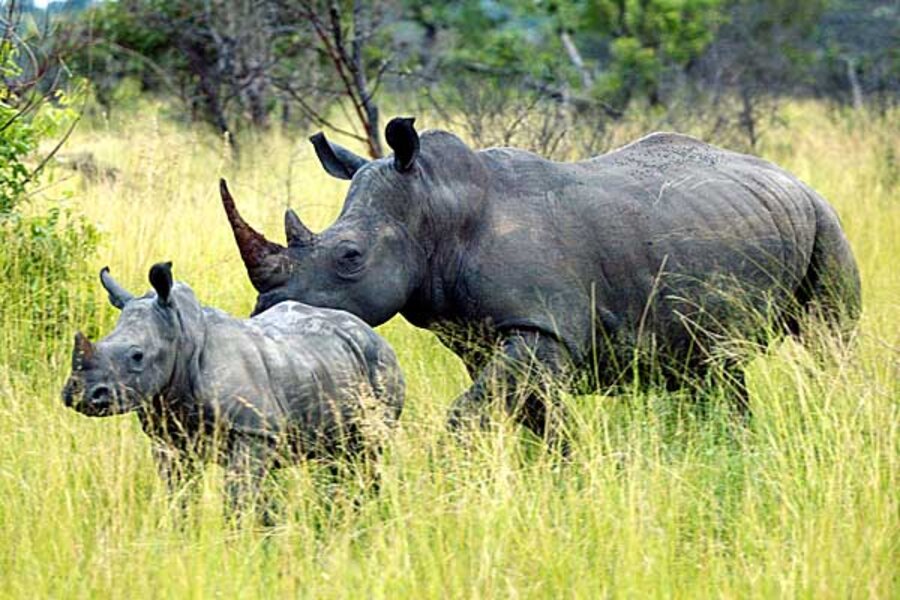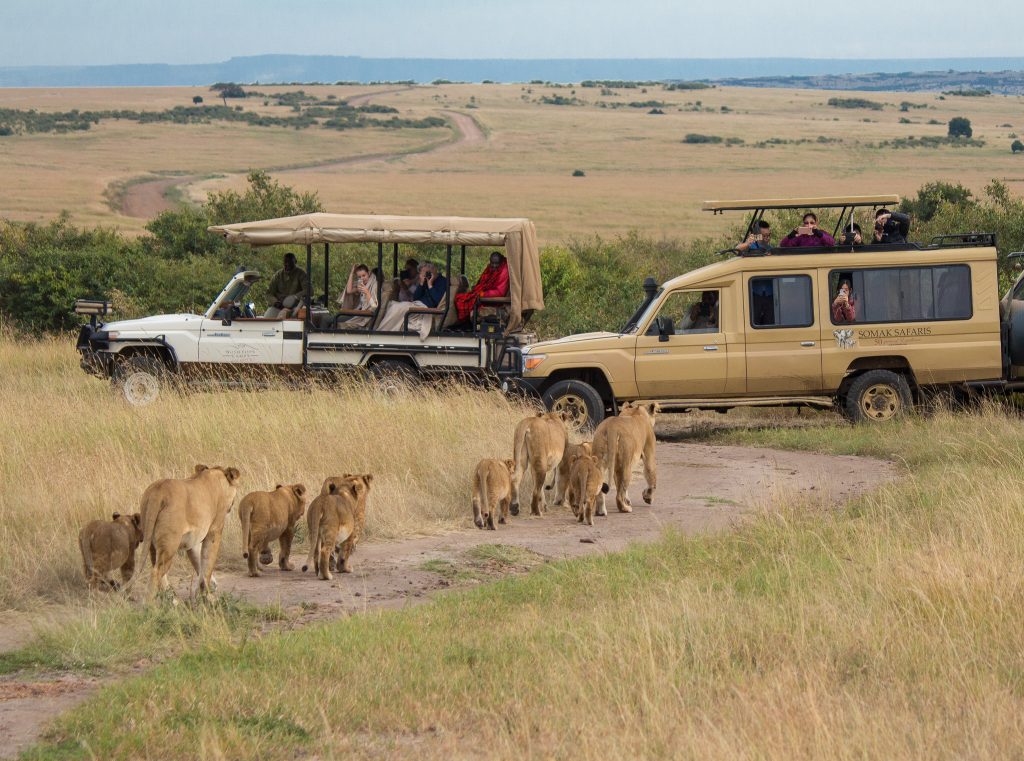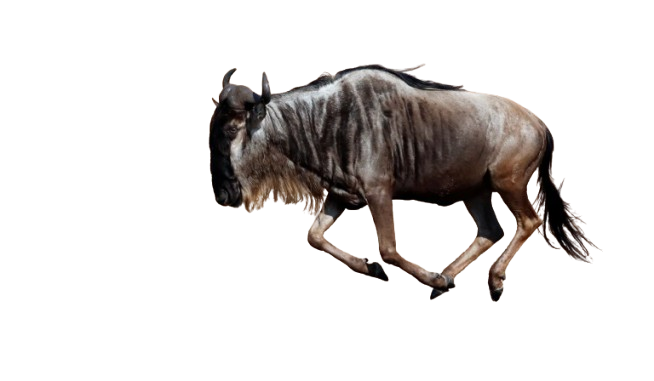7 Animals You Should See During Your Tanzania Safari
7 Animals You Should See During Your Tanzania Safari, Everyone has a bucket list – yes, of places he/she wish to be on the next safari adventure. Tanzania is on the list of many nature lovers for good reason. Some love the country’s very own spectacle – the Great Migration, which features millions of wildebeest, zebra, gazelles, and other animals in their never-ending search for greener grazing grounds. Others prefer the Big Five – some of the dangerous wild species.
Since every guest is unique, we are sure you have a good reason to visit Tanzania, and possibly you have a list of animals you would like to see. But we’ve a list of our favorite animals you must see during your Tanzania. You can merge this list with yours to make an even more interesting journey in the Tanzanian parks.
1. Rhinos.
A rhino deserves a special treat to see it. This prehistoric mammal is extremely rare, and most visitors finish their trip without sighting this mammal. Tanzania hosts the black rhino, a sister species of the white rhino. Only three places in the country have black rhinos living in their natural habitats: Serengeti National Park, Ngorongoro Crater, and Nyerere National Park.
“To spot black rhinos, we usually drive in the thick shrubs where they prefer to hide,” says our guide. In the Serengeti, rhinos are present in the Moru Kopje under surveillance by expert rangers. The crater is perfect for spotting them because of its small size, while Nyerere offers unexpected encounters in its pristine forests. If you want to see them in captivity, head to Mkomazi National Park, which has a rhino sanctuary project.
Before their population dwindled in the 1980s, rhinos were abundant in Tanzania, especially in the Serengeti, Nyerere, and Ngorongoro. As the demand for their precious horns skyrocketed, poachers targeted them, leading to a rapid decline in their numbers.
2. African lions.
Tanzania has the world’s largest lion population. Rough estimates put the country’s lion count at 15,000 – that’s 50% of Africa’s lions. For such reason, most guests come here to find large prides of lions.
Seeing a lion in Tanzania is a sure thing. The best park for spotting lions is Serengeti, with about 3,000 lions spread across its wide, stretched savannah. Here, you can see large prides of up to 40 individuals. Just drive in the Seronera Valley, where they lounge, finding prey. The neighboring Ngorongoro Crater has about 70 lions.
Apart from the Serengeti, lions are abundant in Ruaha and Nyerere. This ecosystem, known for remoteness, is home to roughly 7,000 lions that form large prides. You’ll also enjoy photo opportunities in these parks since the scenery is worth a picture.
Lake Manyara hosts one-of-a-kind lion species – the ones that can climb up trees. These rare canines are available in a few locales, including Queen Elizabeth National Park in Uganda and on the neighboring Tarangire National Park.
3. Chimpanzees.
These giant wild primates have a place on most visitors’ bucket lists. Their closer similarity to humans in their DNA makes them unique creatures existing in the Congolese tropical rainforests. They take a third position in our list of our favorite animals to see on your Tanzania safari.
You can see these creatures in the western safari circuit in Gombe National Park, Mahale Mountains National Park, and Rubondo Island National Park. In Gombe and Mahale, you can watch chimpanzees for an hour on a chimpanzee trekking safari. Chimp treks are not yet available in Rubondo Island because habituation is still ongoing.

4. African wild dogs.

Seeing these painted hunting dogs is very special. Though they might be rare in the northern parks like the Serengeti and Tarangire, their population is incredible in the southern parks. Wild dogs live in groups called packs, which may comprise 20 to 30 individuals.
Ruaha and Nyerere have the largest population of wild dogs. These small, painted dogs are the most successful predators. They collaborate in their hunting to bring down even large game like wildebeest and zebra.
5. African leopards.
No doubt the leopard is among the difficult animals to spot while on a safari in Tanzania. This elusive cat spends most of its time napping on acacia or sausage trees. As a result, you might miss them, especially when you’re in a hurry.
However, leopards are active in early mornings and late evenings. If you start the day early, you may spot this predator on the hunt. They always hide in the afternoons to avoid the heat and come out in late evenings and at night. The best places to spot leopards include Serengeti, Ruaha, Nyerere, and Tarangire.
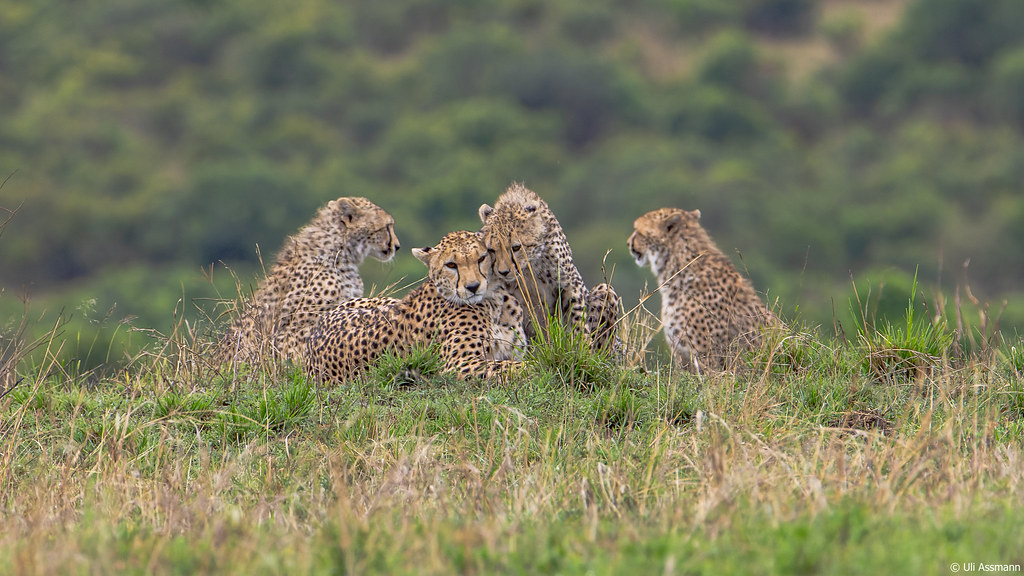
6. Cheetahs.
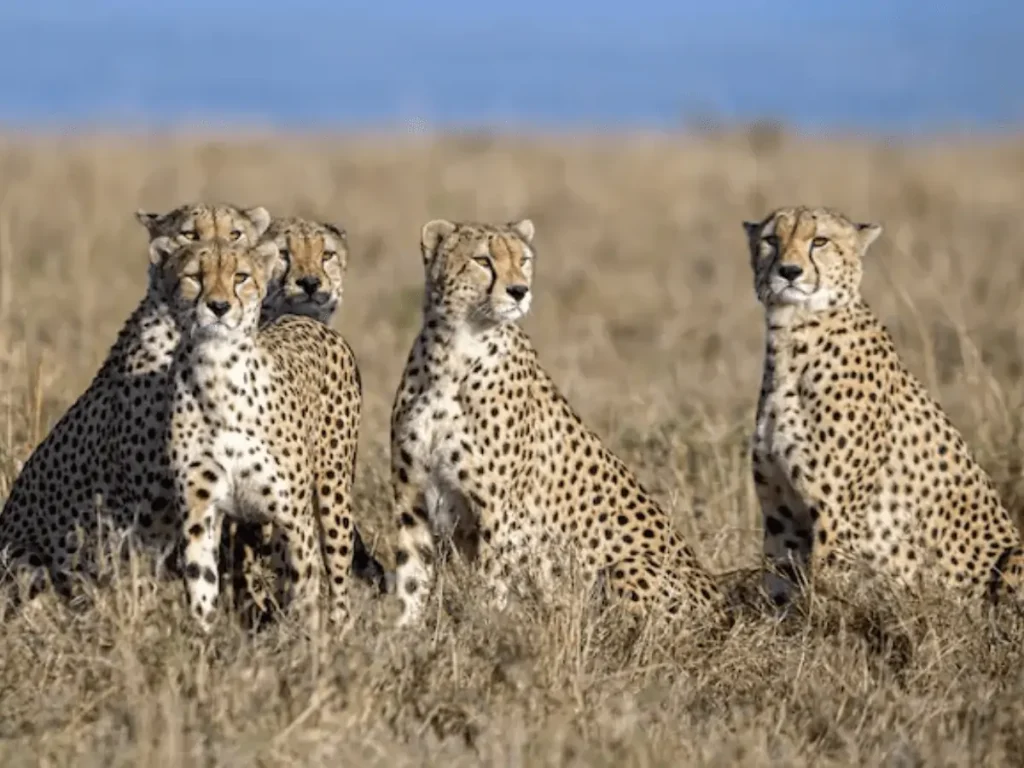
Cheetahs prefer kopjes and long-grass plains. They’re also tree-climbing big cats, often using trees as their escape to heat and as vantage points to spot prey. Serengeti has a promising population of cheetahs (about 550). They’re abundant in the central plains near the Seronera Valley. You can also encounter them in Ruaha, Nyerere, and Ngorongoro Crater.
Cheetahs are famous for their hunting style. They would stalk their prey for so long, then launch a sudden, strong attack. And if not successful, they chase the prey at a very high speed. Despite being the fastest land animals, they sometimes fail in their hunts when the prey enters woodlands or dense forests.
7. Lichtenstein’s hartebeests.
These large antelopes are rare in most northern parks. Their characteristic appearance, which includes bumped shoulders, a sloping back, and an elongated head, makes them appear gorgeous. In Tanzania, they’re available in Ruaha, Nyerere, and Mikumi National Parks.
These antelopes usually form small herds of up to ten animals. The herd consists of a large territorial bull, which usually expels small bulls during the rutting season. They prefer places with plenty of water.
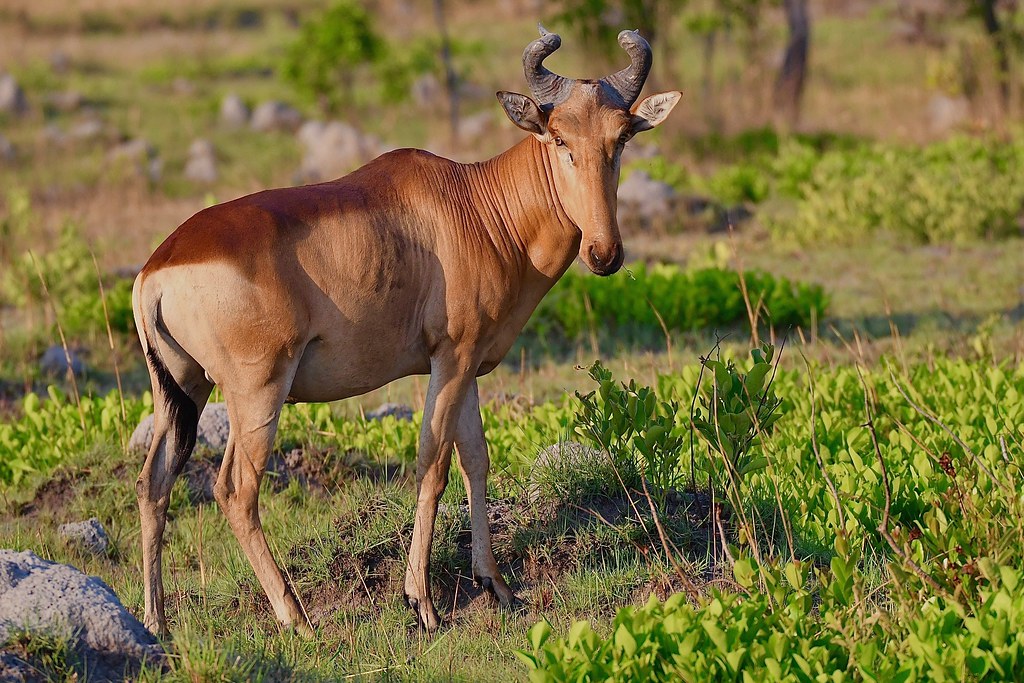
And there’s more than that!
Tanzania’s wildlife is superb. You’ll discover this when you visit this splendid country. You probably have your list of animals you want to spot. Let our guide know so he can take you there. Our expert planners are here to help you plan your dream adventure. Please give us a call.
